Varuṇa: Guardian of West
Varuna (Sanskrit वरुण varuṇa) is the god of water and is always worshipped in a kalasha (water vessel) with the jala bija वं (vaṁ).
When the day is divided into two halves (horā) being the daytime and night time, then the two āditya presiding over these halves are Indra (day, Sun, dakṣiṇāyana) and Varuṇa (night, Moon, uttarāyana). These deities are also the guardians of the eastern and western quarters of the universe representing sunrise and sunset which divide the day into horā (half).
Tirupati Vyaṇkaṭeśvara
Tirumala Venkateswara Temple, is a famous Hindu temple located in the hill town Tirumala, near Tirupati in the Chittoor district of Andhra Pradesh, India. Tirumala is a hill town in Chittoor district in the state of Andhra Pradesh, India. Tirumala, dedicated to Lord Vishnu, is one of the most popular centers of today’s Hindu/Vedha Religion.
The temple is situated on Venkatadri(also known as Venkatachala or Venkata Hill) the seventh peak in the seven hills of Tirumala, and hence is also known as the Temple of Seven Hills (Saptagiri सप्तगिरी in Sanskrit).
Vimśāṁśa Workshop 2011
The Spiritual weekend workshop in California was a great success and the expert vedic astrologers of America enjoyed every minute. You can view the slides. For the first time we have given some great secrets of the tradition and showed exactly how to study the D20 Chart.
Ganesh Vidya Yantra
The Ganesha yantra is drawn based on the teachings of Sri Narada in the ‘Ganesha dvadasanama stotra’. The twelve petal lotus is symbolic of the heart lotus and the door of this heart lotus is guarded by Ganesha.
Ucchista Ganesha
This is the dancing form of Ganesha and the meditation etc, visualize Ganesha in a rather jovial, compromising mood. Ucchista Ganesha is worshiped to remove domestic disharmony and the relationship with spouse is improved. All sorts of troubles with in-laws etc vanish and the family gets together and lives happily. For the last two decades we have advised the placing of a statue of dancing Ganesha (idol) near the headstand of the bed and the relationship between couples has improved.

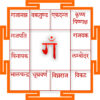
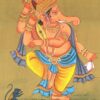

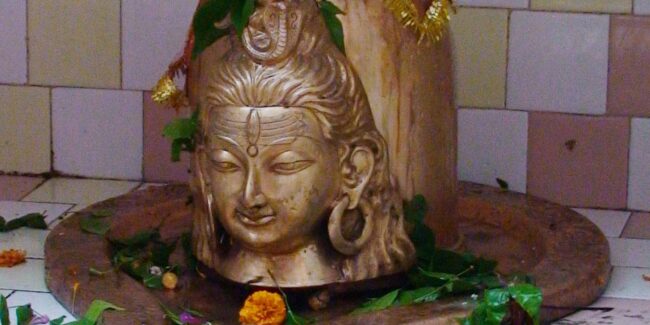
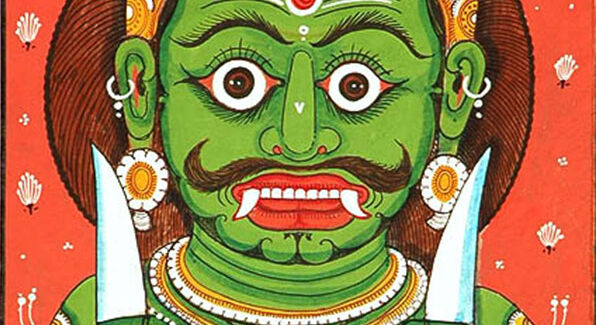
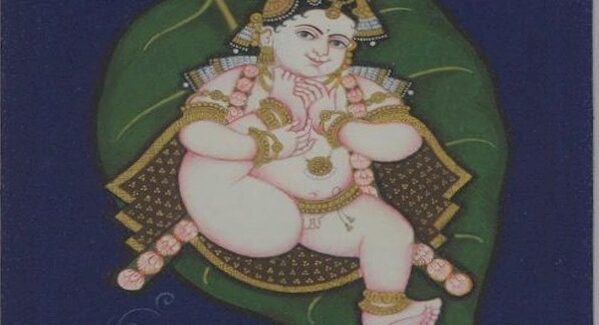
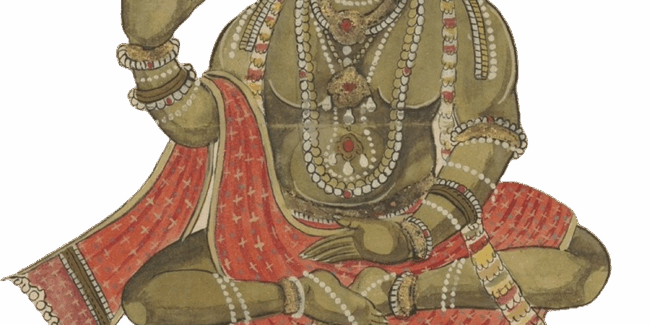
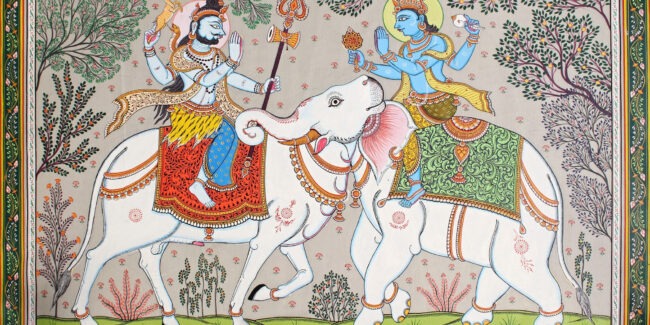
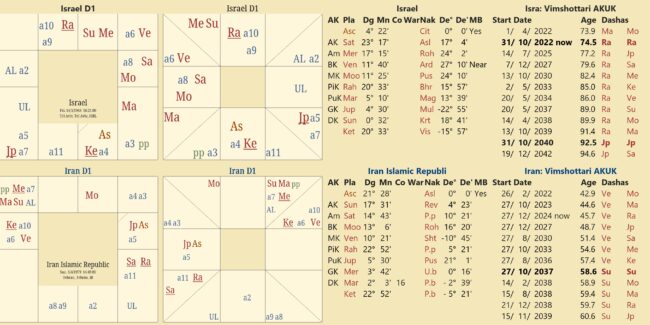
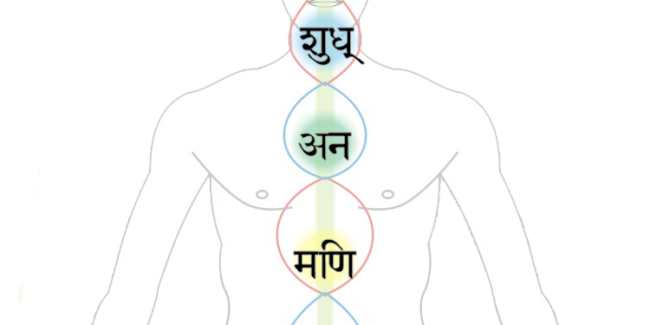

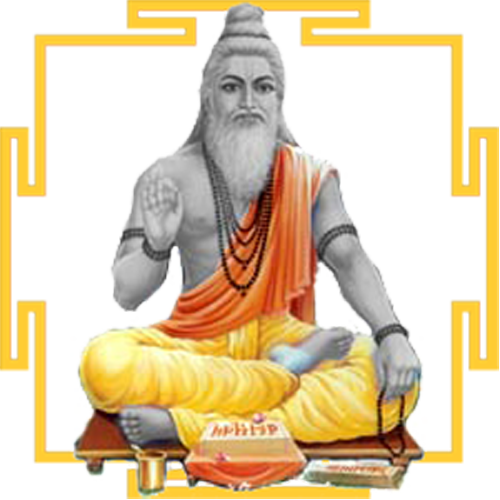 DBC offers online courses in jyotish (Vedic Astrology) taught directly by Sanjay Rath as per the tradition, through narrated power points and other audio tools. The courses are at different levels, from the beginners through the intermediate to the advanced and are known as SoHamsa | DBC courses, with individual classrooms and assistant teachers
DBC offers online courses in jyotish (Vedic Astrology) taught directly by Sanjay Rath as per the tradition, through narrated power points and other audio tools. The courses are at different levels, from the beginners through the intermediate to the advanced and are known as SoHamsa | DBC courses, with individual classrooms and assistant teachers
 Sagittarius Publications is the publisher and distributor the popular quaterly magazine the Jyotish Digest, as well as many thorough books on the subject of Vedic Astrology or Jyotish.
Sagittarius Publications is the publisher and distributor the popular quaterly magazine the Jyotish Digest, as well as many thorough books on the subject of Vedic Astrology or Jyotish. We have an excellent pandit Divākar ‘Deva’ Mishra, who is from the priests of Vindhyāvāsini Siddha Pīṭha to guide you through the hundreds of temples of Kāśi [Varanasi] and neighbouring regions. He can organise your pūjā, keep you safe and take care. He is supported by an English-speaking well-travelled spouse ‘Supriya Mishra’. Please contact them directly for any services, remedial pūjā and tours. They handled the 60+ member Kāśi Jyotiṣa Group 2022.
We have an excellent pandit Divākar ‘Deva’ Mishra, who is from the priests of Vindhyāvāsini Siddha Pīṭha to guide you through the hundreds of temples of Kāśi [Varanasi] and neighbouring regions. He can organise your pūjā, keep you safe and take care. He is supported by an English-speaking well-travelled spouse ‘Supriya Mishra’. Please contact them directly for any services, remedial pūjā and tours. They handled the 60+ member Kāśi Jyotiṣa Group 2022.